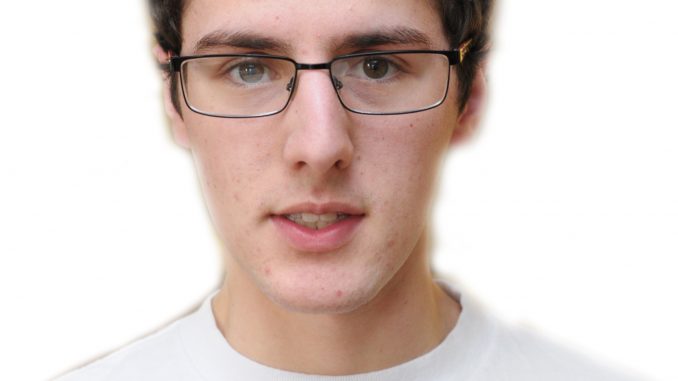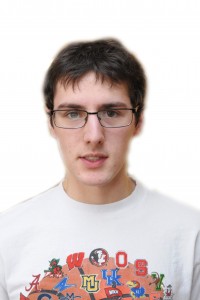
Berks Street divides Temple’s Main Campus into two halves. While the majority of Temple’s academic buildings are located in and around Berks Street, Polett Walk and the north end of campus, the vast majority of restaurants and businesses in Temple’s community are located on Main Campus’ southern half.
For the wide array of students that live on and around Main Campus, this close-knit area of shops and dining options unfairly favors students living at the southern portion of campus. South Temple has seen massive economic progress in recent years, but now it’s the time for North Temple to have its opportunity to grow as well.
South Temple is packed with a movie theater, supermarket, clothing retailers, pizza places, bars, convenience stores, sandwich shops and a relatively new frozen yogurt shop all within a few blocks. North Temple, with considerably less brand name businesses, is home to only a McDonalds, a Rite Aid and a multitude of small convenience stores.
A freshman from White Hall walking down Broad Street would not reach a large cluster of retail locations until he or she arrives at Wendy’s more than five blocks away. The majority of retail locations on campus begins at Cecil B. Moore Avenue and extends south. This is a major inconvenience to the massive number of students who live north of this location.
The Fresh Grocer at Broad and Oxford streets is the only supermarket within reasonable walking distance for Main Campus students, while the second closest is a Pathmark more than one mile north of campus. While Fresh Grocer is convenient for students living in Morgan Hall and its surrounding area, it’s a daunting challenge for students living north of Diamond Street to carry heavy grocery bags for multiple blocks.
Likewise, Temple’s dining options, particularly the most popular locations, are primarily located on the south end of campus. So, not only are students comparatively far from supermarkets in the north end of campus, but they are also limited to only the Johnson & Hardwick cafeteria if they’d like to use their meal plans.
“Well, to be honest, most of the reason why I picked Hardwick was because of the accessibility to the dining hall, but I definitely have had a limited amount of options,” said Alicia Cassey, freshman advertising major. “I’ve had yet to try any of the dining options at either the Student Center or Morgan simply because I would have to allot time to do that.”
It makes little sense that businesses have failed to see the northern end of Main Campus as an economic hotspot. If only one higher-quality chain restaurant were to open north of Berks or Norris streets, it could take serious advantage of students looking for a convenient place to shop or eat.
“Trying to find something to eat this far away is actually really hard,” freshman tourism and hospitality management major Olivia Hartz said. “It sucks that the only real option is McDonald’s or the not-so-great food at J&H. I’d probably be willing to even pay more for something that was closer just for the sake of convenience.”
Perhaps businesses do not have the capital to purchase an entire block on Diamond Street or a few properties on Broad Street, which puts some of the responsibility of economic progress on Temple’s shoulders. What Temple has done with The Shops at Avenue North needs to be emulated in the north end of Main Campus during the building phase of the Visualize Temple campaign.
The university’s Visualize Temple initaitive provides members of the Temple community with a forum to express their ideas for campus improvements. With more than 2,500 users and 1,700 contributed ideas, Visualize Temple may be one of the most effective means of initiating change at Temple, since these ideas are read by some of Temple’s most prominent figures, including President Theobald himself. Only time will tell which ideas will be implemented by the university.
A considerable amount of the contributions suggest more retail and business space. One particular idea suggested a gym on the north end of Main Campus, which hints at students’ general displeasure with the facilities and businesses available at the north end of town.
The prosperity of the south end of campus and the success of food trucks near academic buildings shows that Temple students are willing to spend money, especially for food, but are limited by the lack of major businesses north of Berks Street. The plan to boost North Temple’s economy is not simply for the benefit of the students, since businesses will prosper and local residents will benefit as well.
As Temple grows larger and becomes a more recognized university, its surroundings must develop simultaneously. An obvious market exists at the north end of campus, but only a few have taken advantage of it.
Michael Carney can be reached at michael.carney@temple.edu.



Be the first to comment